Pintxos:
the Tapas of the Basque Country
Before we say anything else, a disclaimer: as a general rule, we don’t often advocate eating a food whose name derives from the words “thorn” or “spike.” But when staring down pintxos in Rioja, well… what is it they say about rules?
Pintxos
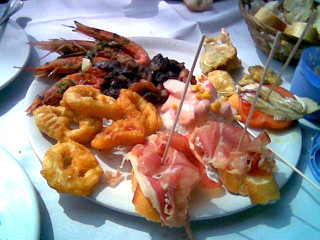
Fortunately, in Rioja and Navarra, the thorn isn’t in our sides (sorry, had to), it’s impaling a delicious combination of bread, meat and seafood. The Basque word for “spike,” pintxo refers to the toothpick used to skewer fish, seafood or meat and keep them attached to a piece of bread.
Similar to the better-known tapas tradition found across Spain, these small snacks provide diners an excuse to socialize. Served as appetizers and accompanied by a small glass of white wine or beer, they free eaters from the typical conventions of a full meal and encourage conversation and conviviality. Often a group will hop from one bar or restaurant to the next, sampling the skewered concoctions (and the accompanying libations) as they go.
See (and Sip) For Yourself
A contrast between ancient vines and avant-garde architecture, roll through Rioja and the Ribeira del Duero on our Spanish Wine Country Biking trip. With sweeping vistas and rolling hills along the way, pedal to secluded monasteries and castles, sip vintages in the very fields where they grow.
DETAILED ITINERARYA Tradition of Tapas
The skewer maybe a hallmark of pintxos, but the concept of lighter fare served casually certainly isn’t limited to Basque country. Across Spain, where dinner is generally served some time between 9 p.m. and midnight, tapas offers an opportunity for people to socialize after work and quiet rumbling stomachs, which will have to wait a few more hours before a larger meal is served.
Derived from the Spanish word tapar, meaning “to cover,” tapas originally did just that. The word referred to slices of meat, often ham or chorizo, which Spanish sherry drinkers used to cover their glasses between sips. (The salty meat dissuaded the fruit flies looking for a sip of the sweet sherry.) Noticing the trend, posaderos (bar or restaurant owners) began catering to the crowd, serving relatively small portions of bread and meat to accompany the sherry. A tradition was born.
Leave a Reply
MORE FROM Spain + Basque Country
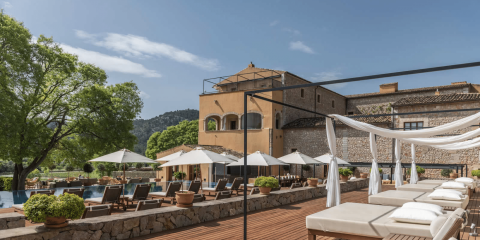
Son Brull Hotel & Spa Embraces Sustainability in Mallorca
Mallorca
The Slow Fund: Commissioning New Instruments for Musika Etxea
Basque Country
Discovering Mallorca’s Undeniable Beauty by Bike
Mallorca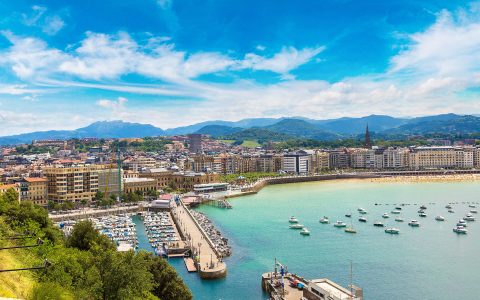
9 Things to Do that Will Submerse You in San Sebastian
Basque Country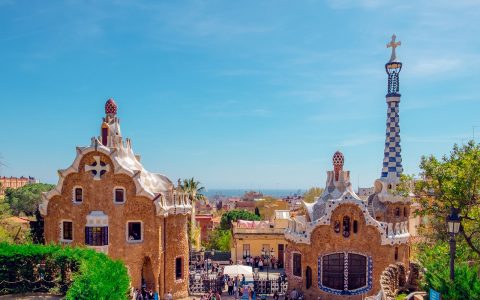
11 of Barcelona’s Most Spectacular Museums
Catalonia
What We’re Drinking:
Rioja’s Reds and Danish Akvavit
Denmark
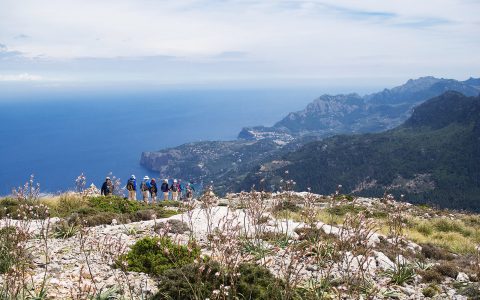
Our Favourite Coastal Walk Right Now: Mallorca
Mallorca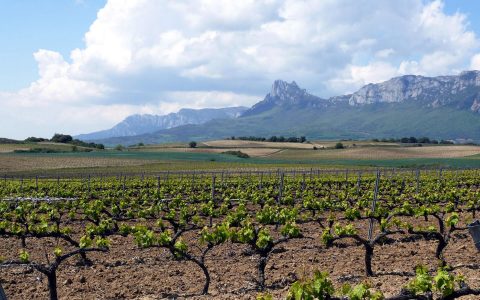
The 10 Best Rioja and Ribeira del Duero Wines
Rioja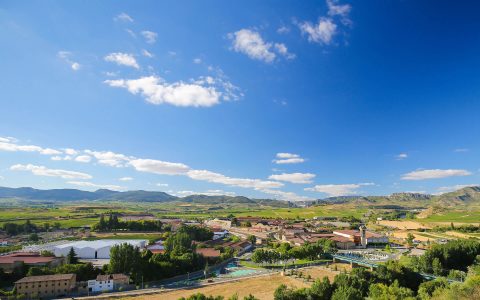
Reading for the Road: Our Favourite Books About Rioja
Rioja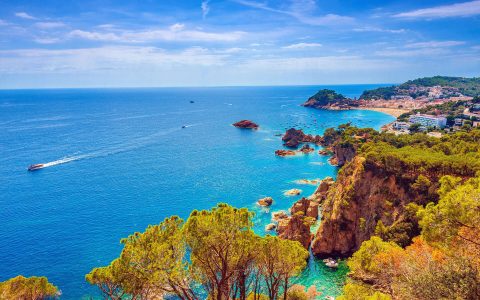
Reading for the Road: Our Favourite Books About Catalonia
Catalonia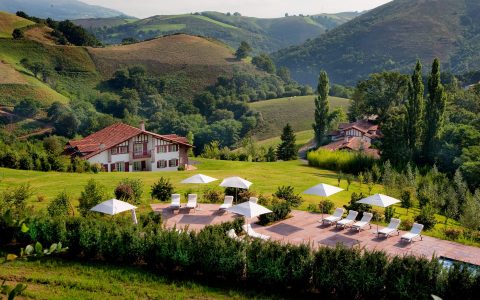
The 16 Best Luxury Hotels in Spain
Spain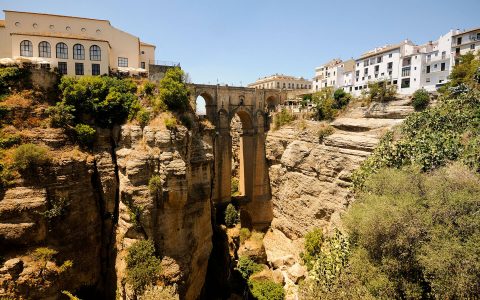
Reading for the Road: Our Favourite Books About Andalucia
Andalucia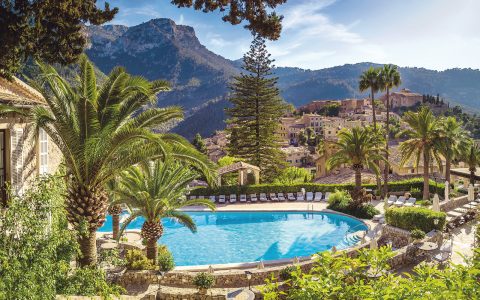
Mallorca’s Most Luxurious Hotels
Mallorca
Here’s How to Take the Ultimate Biking Trip Through Rioja
Rioja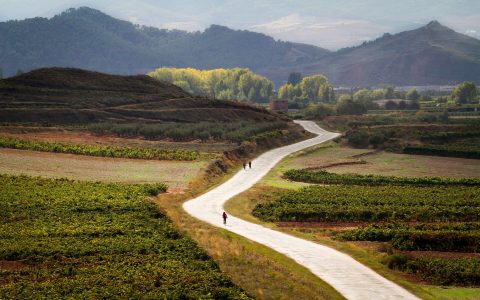
The 7 Best Cycling Routes in Spain
Spain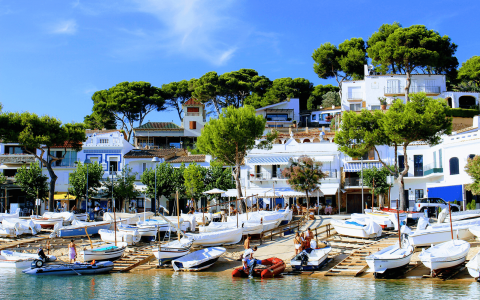
Where to Eat: Our Favourite Costa Brava Restaurants
Catalonia
Basque Country’s 6 Best-Kept Secrets
Basque Country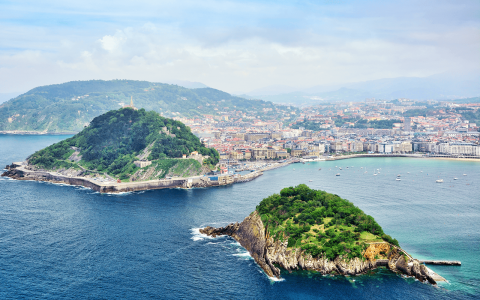
Basque Country: Exploring San Sebastián & Bilbao
Basque Country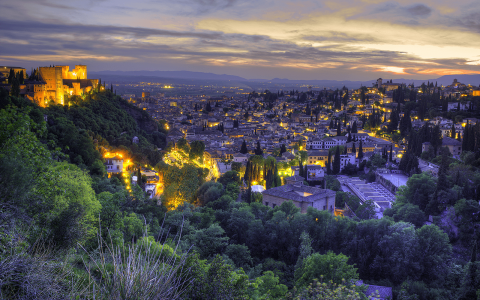
Granada: Last Stand of the Moors
Andalucia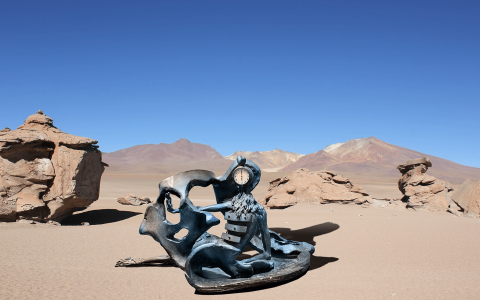


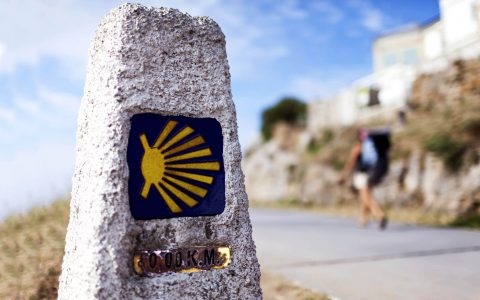
There are 4 of us interested in Riding in basque country of Spain in 2015! We would love more information about the dates available and itinerary.
Cynthia eiring
Thanks for your interest Cynthia! I’ve passed your comment to our team of Travel Advisors, who will be in touch soon.